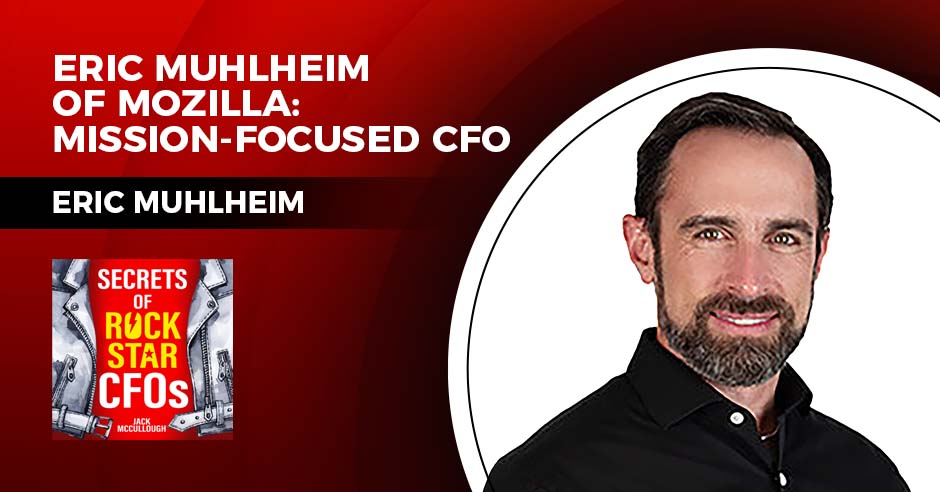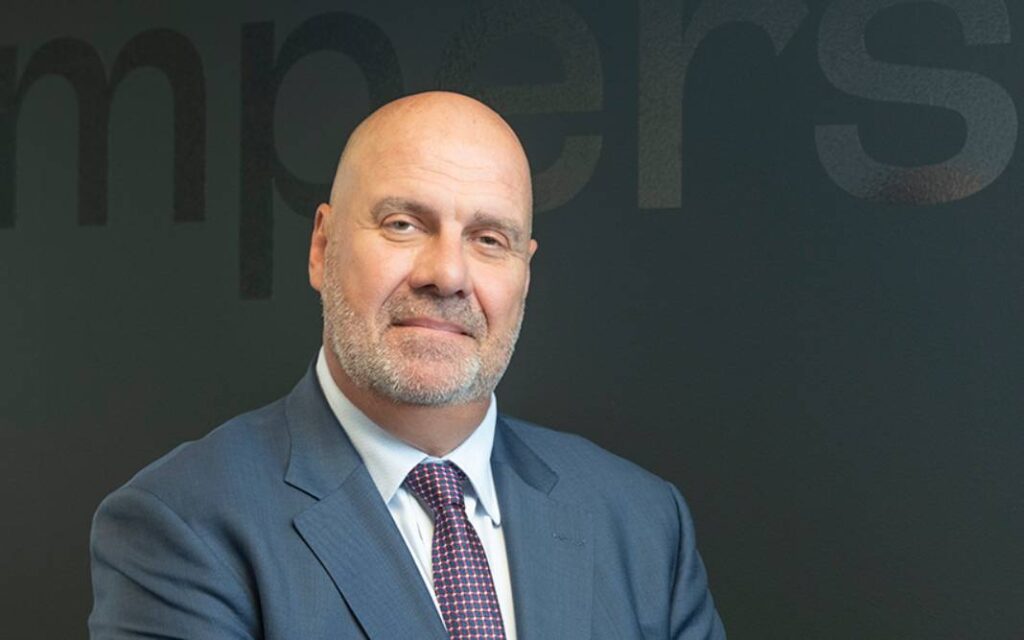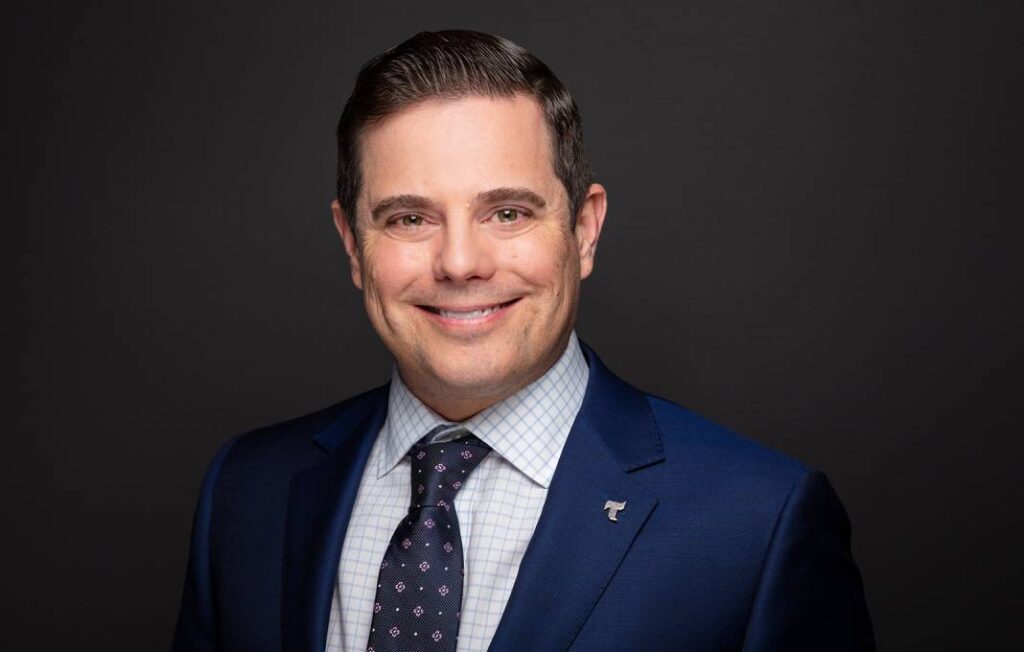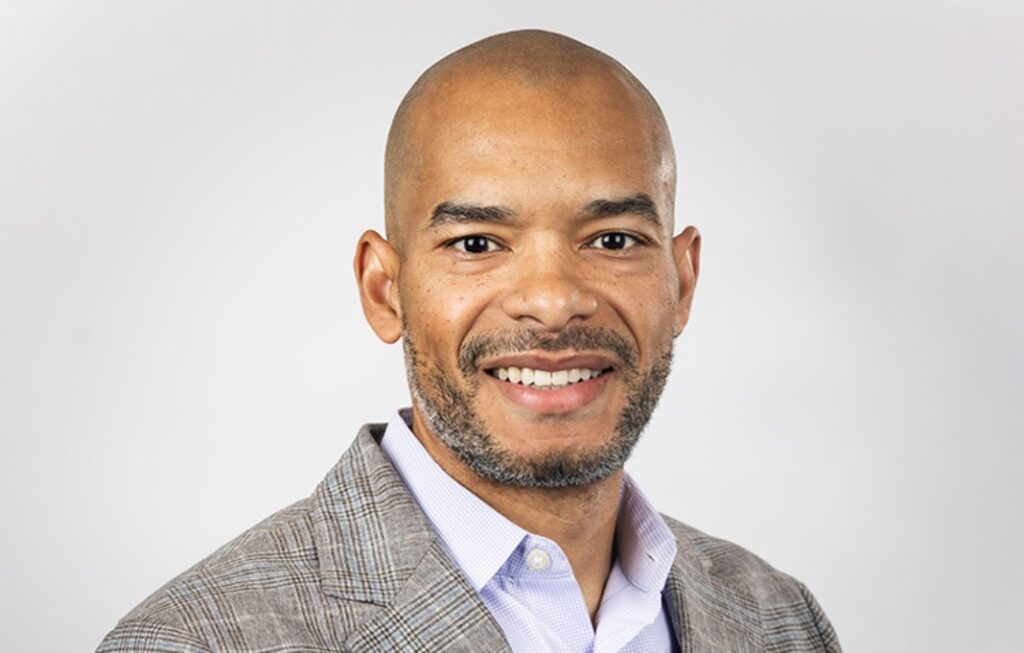IPOs are like black holes for CFOs: an intense experience that compels them gravitationally into the singularity of the offering day, where they explode on the other side into a whole new universe of experiences, responsibilities, stresses and paybacks.
Three CFOs of newly public companies shared what they’ve learned from the transition at the CFO Leadership Council’s recent 12th Annual Leadership Conference in Boston. They told about the exhilaration of preparing for and undergoing the event, and about learning the sometimes-sober realities of managing the finance function in the wake of an IPO.
Lauren StClair is CFO of NerdWallet, a finance and investment-advice site that went public in November and raised about $140 million. Aglika Dotcheva is CFO of Riskified, a risk-management firm for e-commerce, which raised $368 million last July. And Marcela Martin is CFO of Squarespace, which helps build websites and went public in a direct listing last year.
At the Chief Executive Group’s CFO Leadership Council conference, the three executives included this advice to other CFOs:
Consider the vehicle. There are traditional IPOs, direct listings mainly for companies with well-known brands or that aren’t pressed to raise capital, and SPACs, or Special Purpose Acquisition Companies, which have fallen out of favor lately.
NerdWallet, for example, considered all three avenues, StClair said. Direct listings are still “very new,” she said, and “we weren’t sure we wanted to be” a pioneer. “So we crossed that off. [We] had a nice consumer brand and solid fundamentals and a strong narrative and story, so we felt a traditional IPO would be the best way.”
Riskified chose the traditional route, too, “because we thought it would establish relationships with analysts to support our journey along the way, understand our story and help us communicate with investors,” Dotcheva said. “That was very important. [And] we weren’t a very well-known company.”
On the other hand, well-established Squarespace, which had been through previous rounds of private financing, “wanted investors and employees to enjoy liquidity from day one,” Martin said. “That was the main driver and the reason we chose a direct listing after considering all the options.”
Tackle the big stuff. Each CFO took on huge burdens in preparation for the IPO, and each approached the task in different ways, with different priorities.
“It was my first time taking a company public,” Dotcheva said, “and I had to learn everything and lead my internal team as well as the entire company in how to do it. It was a challenge, but I took it head-on. I started talking to a lot of different people who are experienced, to understand the key areas I needed to address.”
For instance, she said, “The accounting function needs to be your No. 1 priority. You need external advisors and auditors to map all the critical areas, and if you have gaps, you need to create the necessary” piece for SEC scrutiny.
Also, Dotcheva said, “The SG&A function is one of the most important areas. You can’t go public without understanding the drivers of your [business] model and the trajectory. Can you meet projections every quarter and explain results to analysts and internal management as well?”
StClair found “a lot of my work was in the finance department. I staffed up ahead of time, in reporting and investor relations. And I did an evaluation of our tools and systems to make sure our close and forecast process would be able to accommodate a much shorter timeline with a lot more pressure.”
She also ensured that “our long-term vision was in complete alignment across the leadership team and the organization. That’s going to impact the non-financial metrics that you choose to disclose and how you talk about the business with sell-side analysts and investors.”
Prepare for the difference. The transition to public status affects companies, and CFOs’ bailiwicks, somewhat differently.
Martin said the “main difference is time and how involved the CFO has to be. Earnings take a lot of time. [So does] working with engineers and data scientists to make sure everything was aligned” in Squarespace’s revenue-reporting system.
Dotcheva agreed, saying, “The cycle and preparation around preparing for earnings reports is so much more than anything you have to do for a private board. You have to rally the team across not just finance but also different functions. You participate in preparations and ultimately might be the face of the company in meetings with analysts and industry specialists. You have a bigger role and it takes much more time. So you have to delegate much more [and] be more careful with your time.”
For StClair, the challenge as CFO has been maintaining “the balance between meeting short-term commitments you’ve made externally and staying the course for the long term. Especially in today’s market volatility, it’s easy to get caught up in the short term and making sure the company is delivering on the commitments we’ve made.”
Reckon with organizational changes. IPOs change the importance of some finance functions and test CFOs in different ways.
StClair, for example, had spent a few years in IR, so earnings calls aren’t discomfiting to her—but she brought in a head of internal audit. “What’s going to get us to the next level of scale?” she said. “We need to think a little differently. [Having] people who know the process and understand materiality in a different way is important.”
And though Dotcheva outsourced the IR role initially, now Riskified has established an internal IR staffer. Generally, with more importance placed post-IPO on functions such as treasury and tax, she has been trying to ensure there is some internal understanding of them even if the company still outsources work in some of those areas.
Prioritize the board and customers… In preparation for the IPO, Dotcheva said, “Understand your best customers and communicate with them, the story and the message.”
Similarly, before the IPO, StClair said, “You need to make sure the vision and mission are aligned” with board members. “Getting that alignment at the top trickles down to so many other things. And it’s one thing to talk about it, but it’s another thing to write it down. Even before you start the process, really make sure the founders and CEO address that first.”
…But don’t forget about employees. With all the attention on Wall Street before and during an IPO, they can be overlooked. But the CFOs said it’s important to avoid that mistake.
“Think through the education that has to be done with employees,” Dotcheva said. “Many haven’t worked for a public company and aren’t sure how to go through the experience. Many think you might be hiding data from them. How do you communicate with them so they don’t feel left out and feel part of the story?”
StClair noted, “Not all employees want to work at a public company. [And] some folks may take their experience to another company or are ready to leave.”
Martin said that she underestimated “the emotional impact on our people” from the IPO. “Not from a knowledge perspective—we filed [for the IPO] and told employees. [But] I misunderstood the emotional impact of having a ticker tell you how you’re doing every single day. What is happening to the business? Nothing is happening—it’s just the markets. Provide training on what they can expect so people can understand.”
All of these considerations lead up to the day of the IPO which, with a traditional route at least, can be one of the most exciting and exhausting days in the career of a CFO.
“I enjoyed it and would do it again,” Martin said. But, “It was a rollercoaster [and] incredibly nerve-wracking.”








